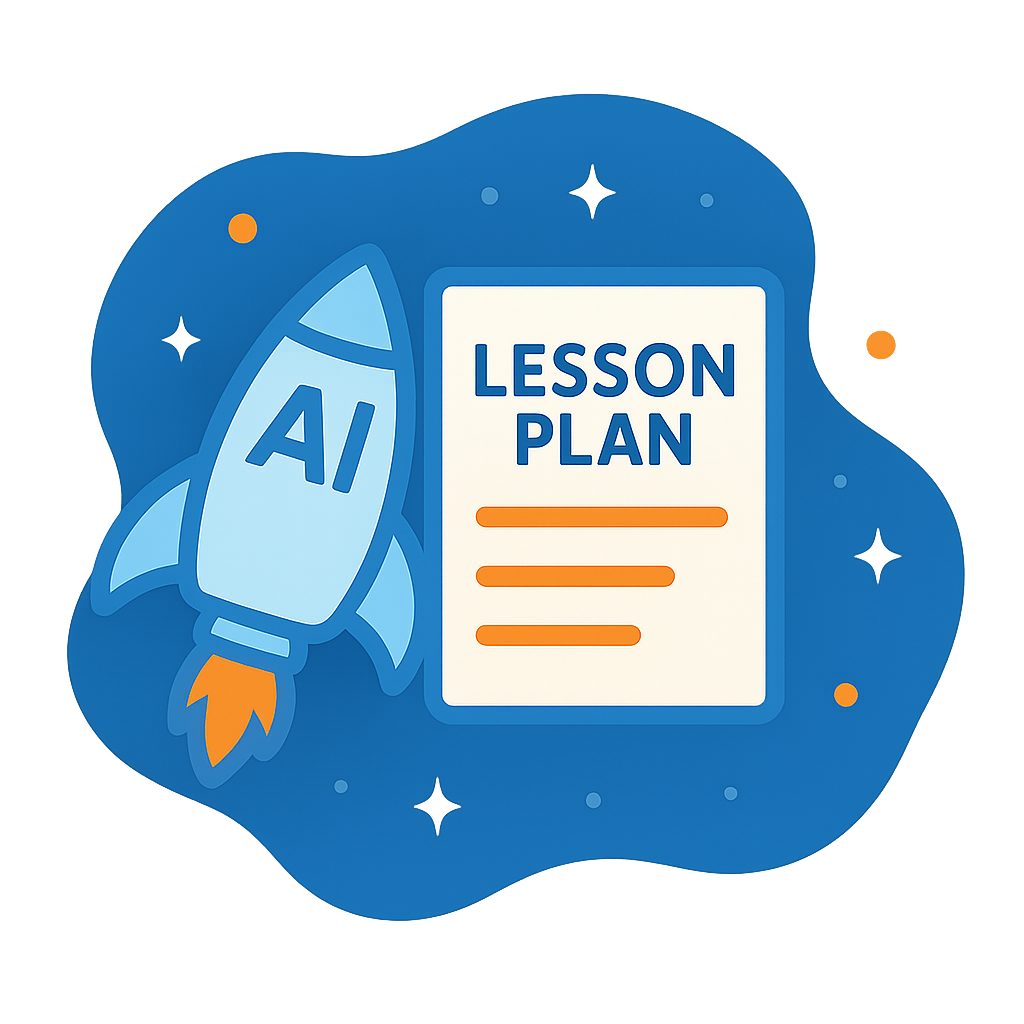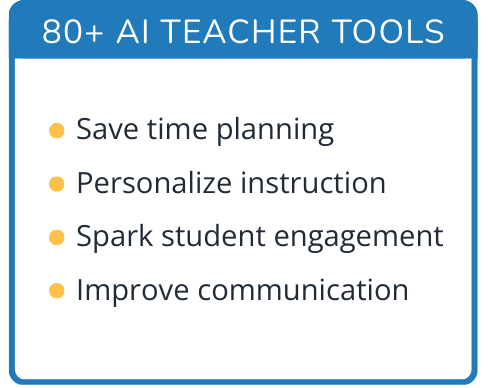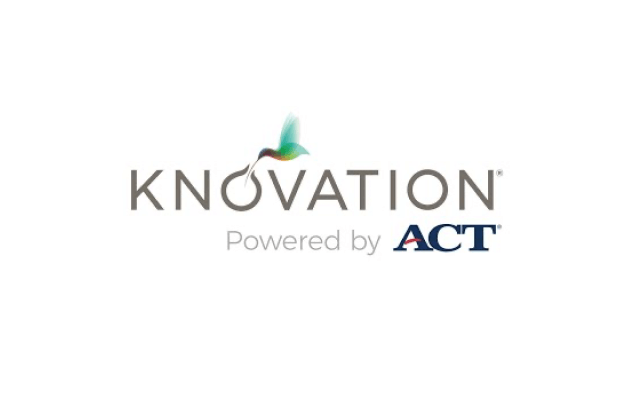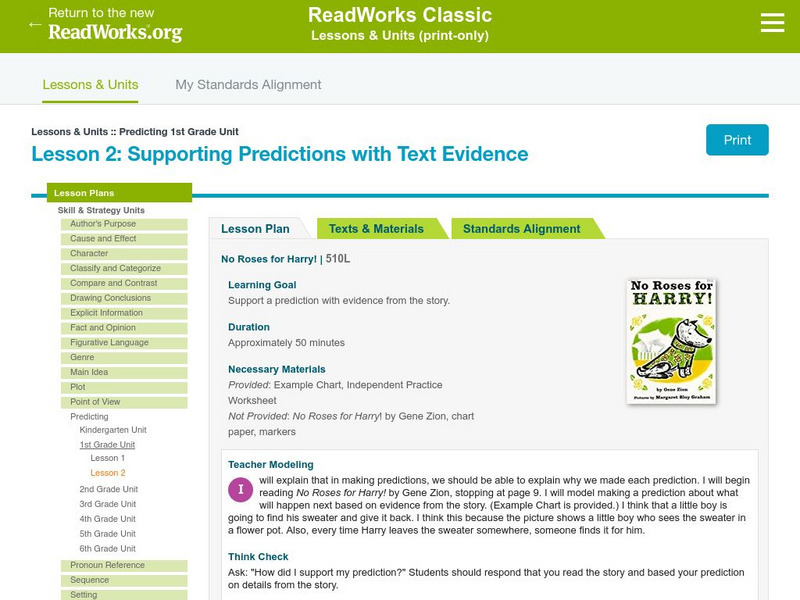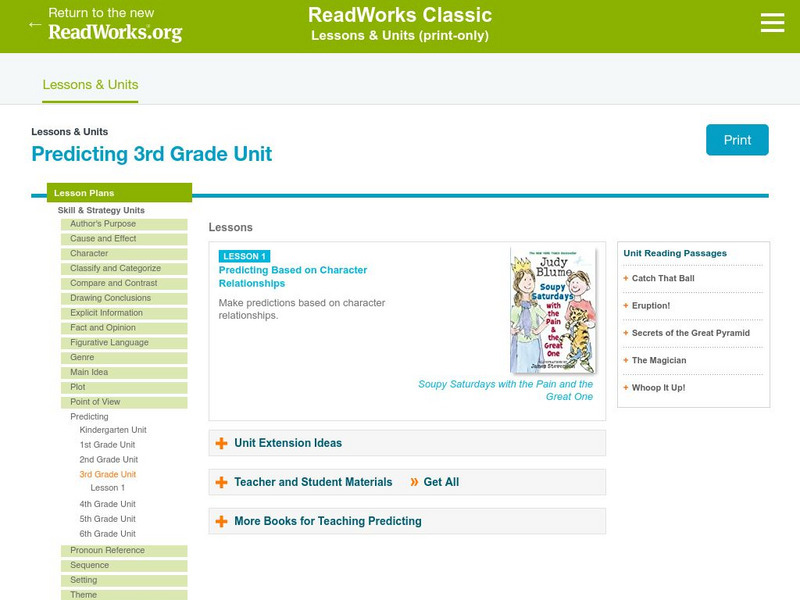Hi, what do you want to do?
Curated OER
Build a Precipitation Gauge
Students build a precipitation gauge. In this weather lesson, students follow step-by-step directions to build a precipitation gauge that can be used to measure snowfall.
Curated OER
Habitat
Pupils are able to define habitat. They are able to identify the four things that living things need to survive. Students are able to describe how living things are adapted to their habitats.
Curated OER
Traditional Weather Observations
Young scholars explore traditional methods of weather observation. For this weather lesson, students interview grown-ups regarding wind. Young scholars learn how winds can help forecast weather.
Curated OER
What Are The Chances
Students calculate the probability of an event occurring. In this probability lesson, students differentiate between independent, dependent or compound events. They find the range of the data.
Curated OER
Secrets from the Sea
Learners utilize technology for research. They research the potential causes of the sinking of the Hunley.
Curated OER
Water, Water Everywhere
Students explore water. In this water cycle lesson, students conduct a scientific investigation that requires build a terrarium models of the earth. Students record their observations of the changes regarding water in the terrarium.
Curated OER
Build a Weather Vane
Learners construct a weather vane using their knowledge of some geometric shapes. In this weather lesson, students work in pairs to create a weather vane in order to measure wind direction. Learners follow precise...
Curated OER
Finding Wind Direction
Students identify the wind direction. In this weather activity, students use a weather vane to find the wind direction. Students complete a worksheet.
Curated OER
Hazard Mitigation: Bioterrorism
Students discuss different ways to spread infectious diseases. In this bioterrorism activity, students model the rate of smoke emission using CalRoad software. They analyze the effects of airborne release of...
Curated OER
Inner Space Cavern Cave Field Activity: Drip Rate Analysis
Students compare drip rates at several different locations throughout a cave. They observe, first hand, the heterogeneity in flow paths present in karst aquifers such as the Edwards aquifer.
Curated OER
Scientific Inquiry: Periodic Motion
Students construct their own pendulum. In this physics lesson, students design an experiment to find the factors affecting its period. They formulate a conclusion based on experimental data.
Curated OER
Using Newsprint as a UV Detector
Young scholars investigate the effects of UV radiation. In this earth science lesson, students explain how the time of day relate to UV abundance on Earth. They determine if weather affects the amount of UV that Earth receives.
Curated OER
Belfy Word Search
In this language arts worksheet, students study 20 words in a word bank, then locate them in a word search puzzle. The words appear to be related to chemistry but the meaning of the title is not known.
SMART Technologies
Smart: Inference and Prediction
Students will learn the difference between making a prediction and an inference as they engage in class discussions about both reading skills, play a game, look at art, and listen to songs.
Better Lesson
Better Lesson: Introduction to Making Predictions and Inferences
First graders will engage in a shared reading of "Mr. C's Dinner" so that we can build a foundation for understanding what it takes to make good predictions and inferences.
E Reading Worksheets
E Reading Worksheets: Making Predictions Worksheets and Lessons
In this learning module, students will learn more about making predictions in reading. Worksheets and a leson are provided to support Tier I, Tier II, and Tier III students.
Read Works
Read Works: 1st Grade Unit: Supporting Predictions
[Free Registration/Login Required] A lesson utilizing the book No Roses for Harry! by Gene Zionin in which students make a prediction and then support it with details from the text. Ideas for direct teaching, guided practice, and...
PBS
Pbs Learning Media: Blue Ribbon Readers: The Detective's Notebook Game
An online learning game where students read the notes in a detective's notebook and make inferences and predictions to solve the case.
Quizlet
Quizlet: 5th Grade: Observation vs. Inference Proficient: Test
This interactive assessment features 6 multiple-choice questions over the terms observation, inference, and prediction with their definitions and examples.
Quizlet
Quizlet: 5th Grade: Observation vs. Inference Proficient: Match
In this interactive game, students match the terms observation, inference, and prediction with their definitions and examples.
Read Works
Read Works: Predicting 1st Grade Unit
[Free Registration/Login Required] A two-lesson unit designed to teach students to make predictions and support them with details from the text. Lessons are based on the books Wemberly Worried by Kevin Henkes and No Roses for Harry! by...
Read Works
Read Works: Predicting 3rd Grade Unit
[Free Registration/Login Required] This is a lesson designed to teach students to make predictions based on relationships between characters. The lesson is based on the book Soupy Saturdays with the Pain and the Great One by Judy Blume....
Tom Richey
Slide Share: Prediction and Inference: A Reading Strategy
This downloadable slideshow focuses on prediction and inference including the similarities and differences between them, when the reader does each, and questions to ask as you are reading.
